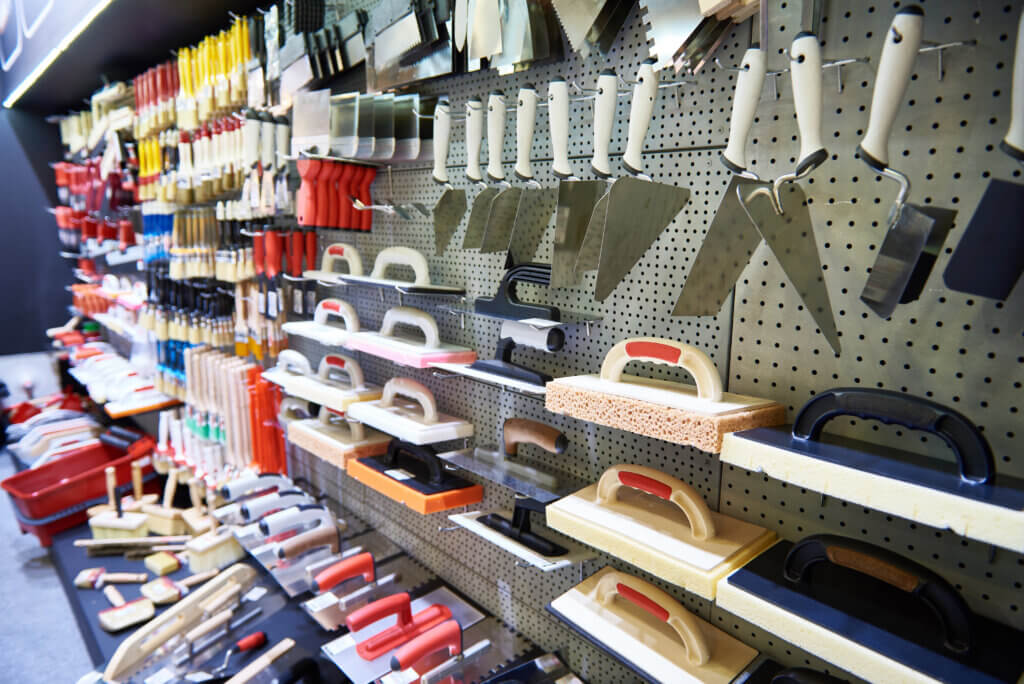
Case Study
Helping a Retailer Organize Its Departments to Meet Shoppers’ Needs
overview
Our client, a leading retailer that serves the needs of rural shoppers, operates stores with a wide variety of departments. Given the diverse number of departments, there was a desire to learn more about how key departments should be organized based on shoppers’ main purchase decision criteria. Their goal was to use the results of this research to help the merchandise team identify how to group products in each key department so that it is easier for shoppers to navigate the department and find what they need. To help them achieve this objective, they partnered with C+R Research to implement a large-scale quantitative study.
THE PROBLEM
Retailer needed to understand shoppers’ perspectives to organize departments
The goal of this research was to help our retail client gain an understanding of how ten of its key departments should be organized based on shoppers’ main purchase decision criteria. For this research, we leveraged C+R’s categorical decision tree analysis to identify how to group products in each department (30 SKUs per department) so shoppers could find what they are looking for more easily.

OUR APPROACH
A Hierarchical Cluster Model Created the Decision Tree Outputs
C+R developed a questionnaire that thoroughly addressed key shopper decision criteria, why those elements were important, and unique characteristics of the department shopper. The survey incorporated product images and an open sorting activity to discover how consumers group products.
C+R’s Advanced Analytics team then used a hierarchical cluster model to create the categorical decision tree outputs, including dendrograms and similarity matrices.

The result
Decision Trees Unlock Valuable Insights and Optimize Shelf Organization for Enhanced Shopping Experience
C+R’s data transformation into decision trees proved to be highly effective in simplifying complex information and revealing valuable insights. The client was particularly pleased with the ability to identify cases where products could be classified in multiple categories and the hypotheses generated on the reasons behind certain product groupings. Overall, the majority of the client’s categories were found to be correctly organized, though there was an opportunity for the client to reorganize a key category in a way they had not considered before. The client team collaborated closely with their merchandising team to optimize future shelf organization in a way that would enhance the overall shopping experience and customer satisfaction in their stores.

proven experience
related case studies
